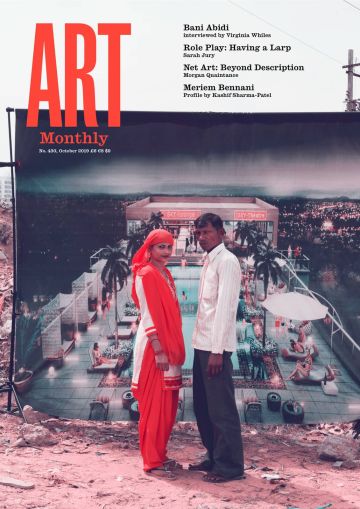Art Monthly 430
October 2019
Bani Abidi
Interviewed by Virginia Whiles
Role Play: Having a Larp
Sarah Jury
Net Art: Beyond Description
Morgan Quaintance
Meriem Bennani
Profile by Kashif Sharma-Patel
Buy Now – select:
Want to read this right now?
Get instant access to the entire back catalogue via Exact Editions from only £8.99!
Contents
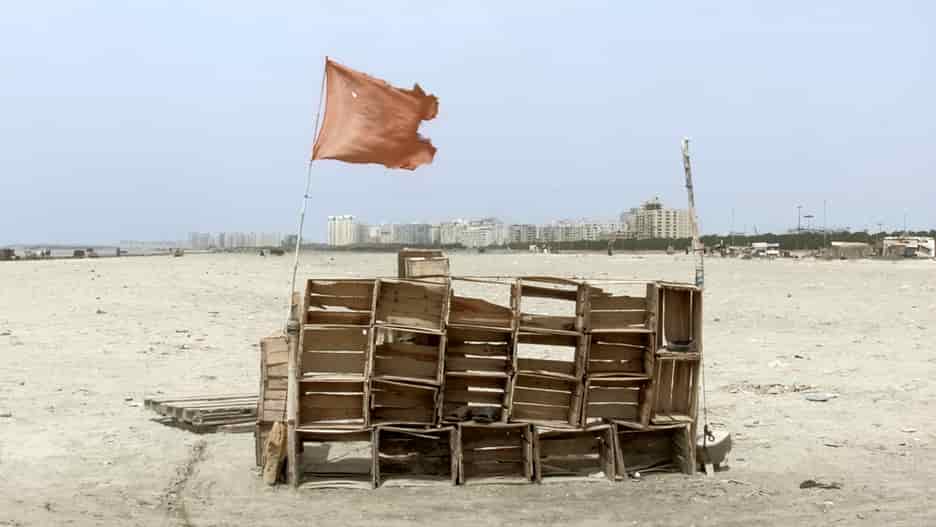
Bani Abidi, Funland (Karachi Series II), 2014
Interview
Insider and Outsider
Bani Abidi interviewed by Virginia Whiles
The Pakistan-born artist discusses her use of video as a means of connecting with audiences, engaging in social and political critique, and creating fictions from details observed in the rituals of everyday life in cities ranging from Chicago and Berlin to Lahore.
I am an outsider. I was always in a strange place and I wanted to belong, so that was my reason for going to a city – first to Lahore then to Chicago and Berlin, especially for the public transport that is so easy to use. To be in a city with public transport is to be part of the city, a compelling need.
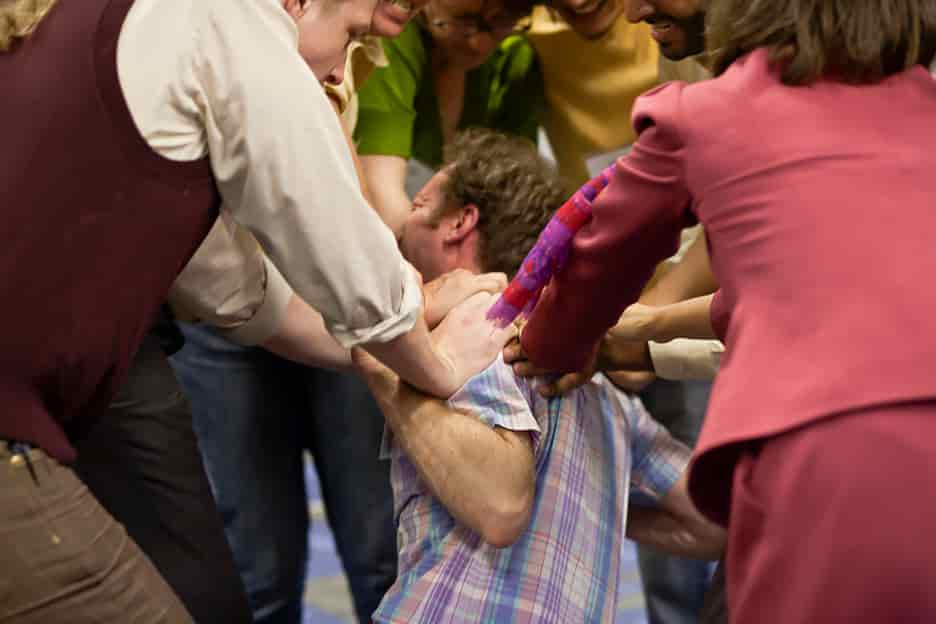
Brody Condon, Level Five, 2010
Feature
Having a Larp
Sarah Jury discusses the need for safety protocols to protect participants in Live Action Role Plays, or larps, to prevent post-event consequences known as ‘bleed’.
This mechanism was developed as a safety protocol for instances when intense relationships in the larp might alter the way players feel out of the larp. The lack of this mechanism within Boal’s procedures indicates the difference in agendas: Boal’s techniques work towards long-term change, while larp is traditionally a temporary recreational ‘break’ from the rigmarole of daily life.

Kimatica Studio, Relax and Release, 2019
Feature
Net Art: Beyond Description
Morgan Quaintance on the need for critique of an art form that has surrendered its autonomy too easily and succumbed to the market.
Today, with sector-wide internet awareness and large-scale, homogeneous general use helping to reinforce art-historical and institutional gains, it is no surprise that the field has entered a phase of canonical historicisation. But what form is this impulse to look back at such a recent past taking?
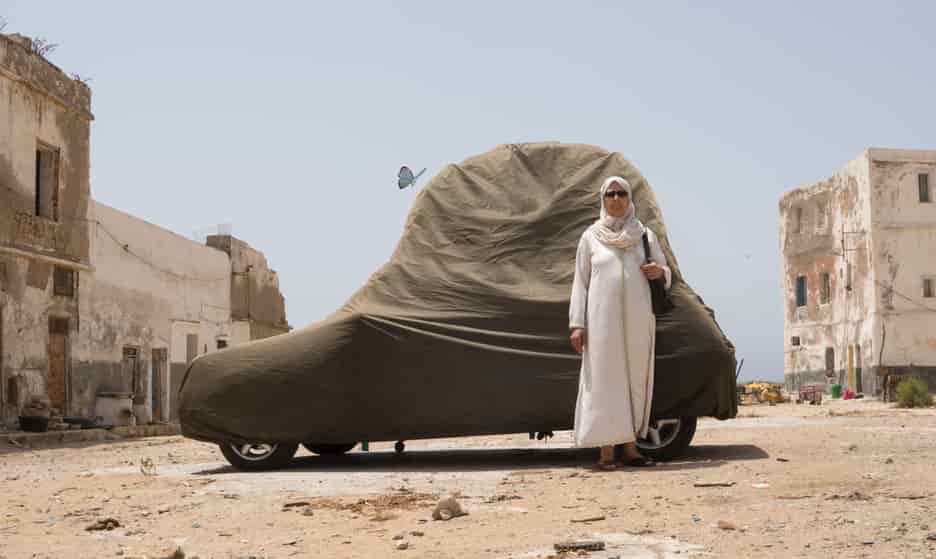
Meriem Bennani, Siham & Hafida, 2018
Profile
Meriem Bennani
Kashif Sharma-Patel discusses the Moroccan-born, New York-based artist’s work across media including film, cartoon animation and 3D modelling in a way that is often humorous and sometimes surreal.
Bennani’s film Party on the CAPS, 2018, forms a rampantly bizarre and speculative sci-fi narrative of future migration to the US through teleportation. Deportees are ensnared by US immigration officials on an island called the CAPS, their bodies dissolved and distorted by capture mid-teleport.
Comment
Editorial
Kakocracy
If the omnishambles that led to the prorogation of Parliament is another example of life imitating art, could this government’s reckless approach to representative democracy and executive power even render parody redundant?
Unfortunately, while Malcolm Tucker, the PM’s ‘potty-mouthed enforcer’ in the TV series, allegedly based on Tony Blair’s so-called spin doctor Alastair Campbell and played so memorably by Peter Capaldi, was fictional, Dominic Cummings is all too real.

Alfredo Jaar, The Garden of Good and Evil, 2019, Yorkshire Sculpture Park
Artnotes
Spending Round and Round
Chancellor Sajid Javid spares the arts, for the moment, as he plans for a general election; Boris Johnson’s vanity Olympic tower continues to burden the public purse; leaked emails reveal that the former director of Glasgow School of Art did not jump but was pushed; a new study reveals that the visual art audience, while disproportionately young, is highly representative of the ethnic mix of the wider UK population; plus the latest news on galleries, appointments, prizes and more.
Obituaries
Takis 1925–2019
Marisa Merz 1926–2019
Nancy Kienholz 1943–2019
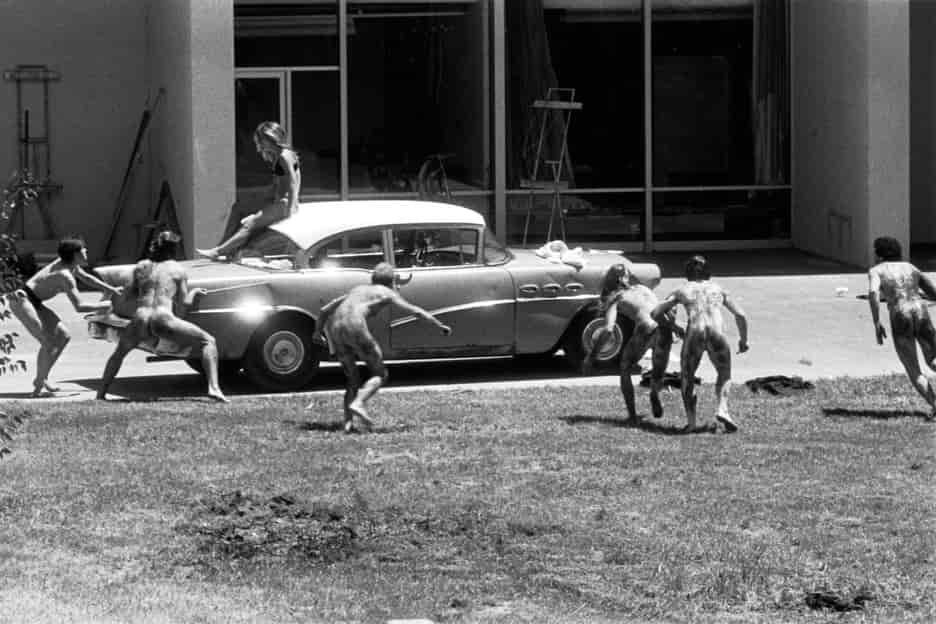
CalArts, Grasstains Enviro Dance, 1981
on show at Kestnergesellschaft, Hannover
Exhibitions
Real Work: Candice Breitz, Liz Magic Laser
FACT, Liverpool
Laura Robertson
Where Art Might Happen: The Early Years of CalArts
Kestnergesellschaft, Hannover
Mark Prince
Bergen Assembly: Actually, the Dead Are Not Dead
Various venues
Skye Arundhati Thomas
Grace Ndiritu: The Ark
Bluecoat, Liverpool
Niki Russell
Simon Faithfull: Fathom
The Exchange, Penzance
Europe After The Rain
Newlyn Art Gallery
Martin Holman
And what it became is not what it is now,
Grand Union, Birmingham
Thomas Ellmer
Body Building
Ishara Art Foundation, Dubai
Saira Ansari
Sarah Rapson: Sell The House
Essex Street, New York
Michael Wilson
Reviews
Artists’ Books
Ian Whittlesea: On colour...
Tim Dixon
The number seven is central here: seven colours of the spectrum, seven short breaths to start, breathe in for seven seconds, breathe out for seven seconds, breathe in white, breathe out the colour you wish to visualise.
Reviews
Books
Pamela M Lee: The Glen Park Library – A Fairy Tale of Disruption
Maria Walsh
Many writing methods are deployed in the book, assembling contrasting attitudes to knowledge and labour that co-exist in our digital age.
Dave Beech: Art and Postcapitalism – Aesthetic Labour, Automation and Value Production
Jack Smurthwaite
Dave Beech manages to think of art’s social relations within the framework of transitioning from capitalism to something else. It is this political and relational aspect of art that Beech does so well to decode
Reviews
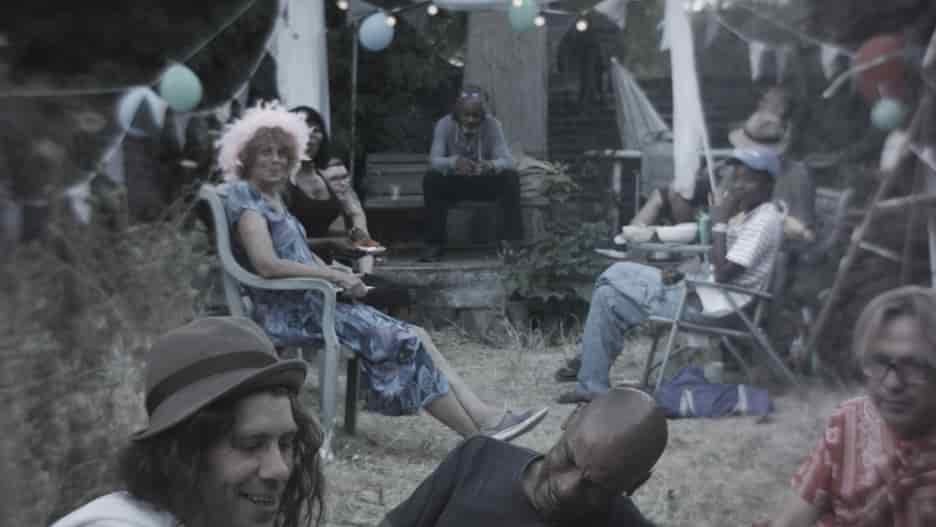
Andrea Luka Zimmerman and Adrian Jackson, Here For Life, 2019
Film
Andrea Luka Zimmerman and Adrian Jackson: Here For Life
Hettie Judah
Who owns the city? To the ten performers participating in Here For Life this question underpins a daily struggle for stability, love and basic rights.
Reviews
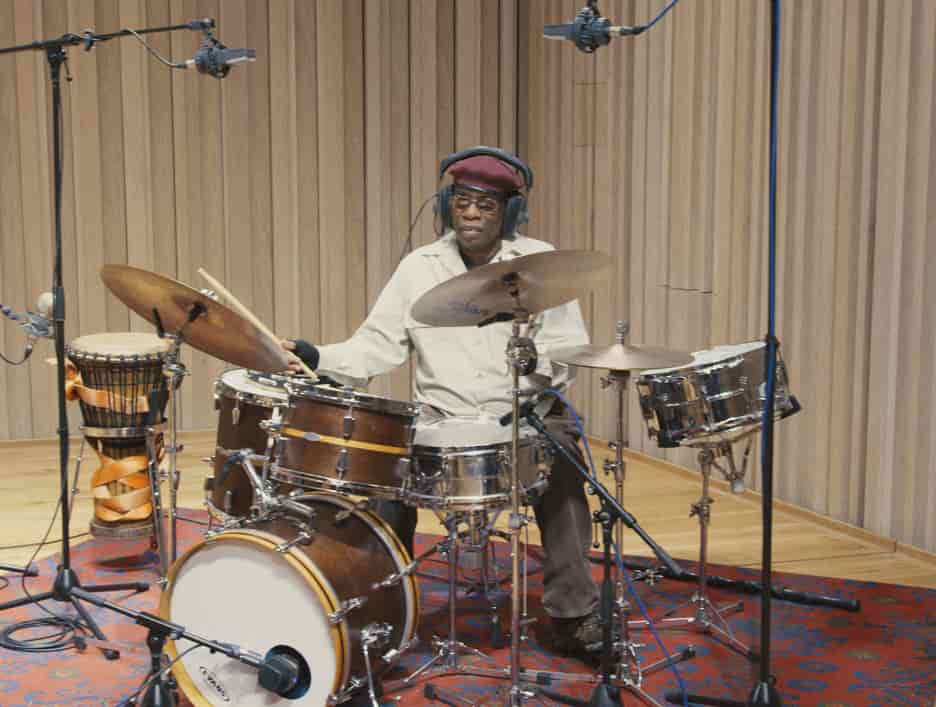
Andrea Luka Zimmerman and Adrian Jackson, Here For Life, 2019
Sound
Eileen Simpson and Ben White
Open Music Archive
Everything I Have is Yours
Bob Dickinson
Eileen Simpson and Ben White’s work aims to liberate recorded music from private ownership, enabling it to be reused – free – during a historical period that differs greatly from that in which the originating material was first recorded.
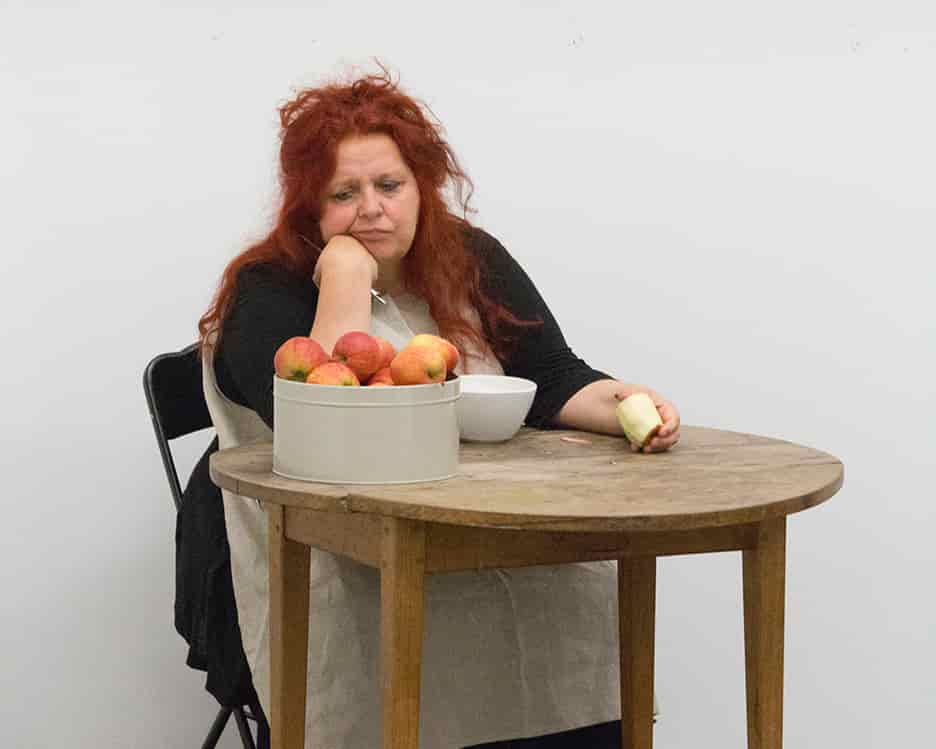
Emily Perry, Woman with Salad, 2016–
Artlaw
Ways of Working
Collecting Performance Art
Henry Lydiate
There are two key legal and business disciplines that can offer possible ways forward for performance artists and others dealing with performance-related work – if used creatively to serve and meet their needs: contract and intellectual property.
Listings
Events
Calendar
The updated events and exhibitions calendar can be viewed online.

